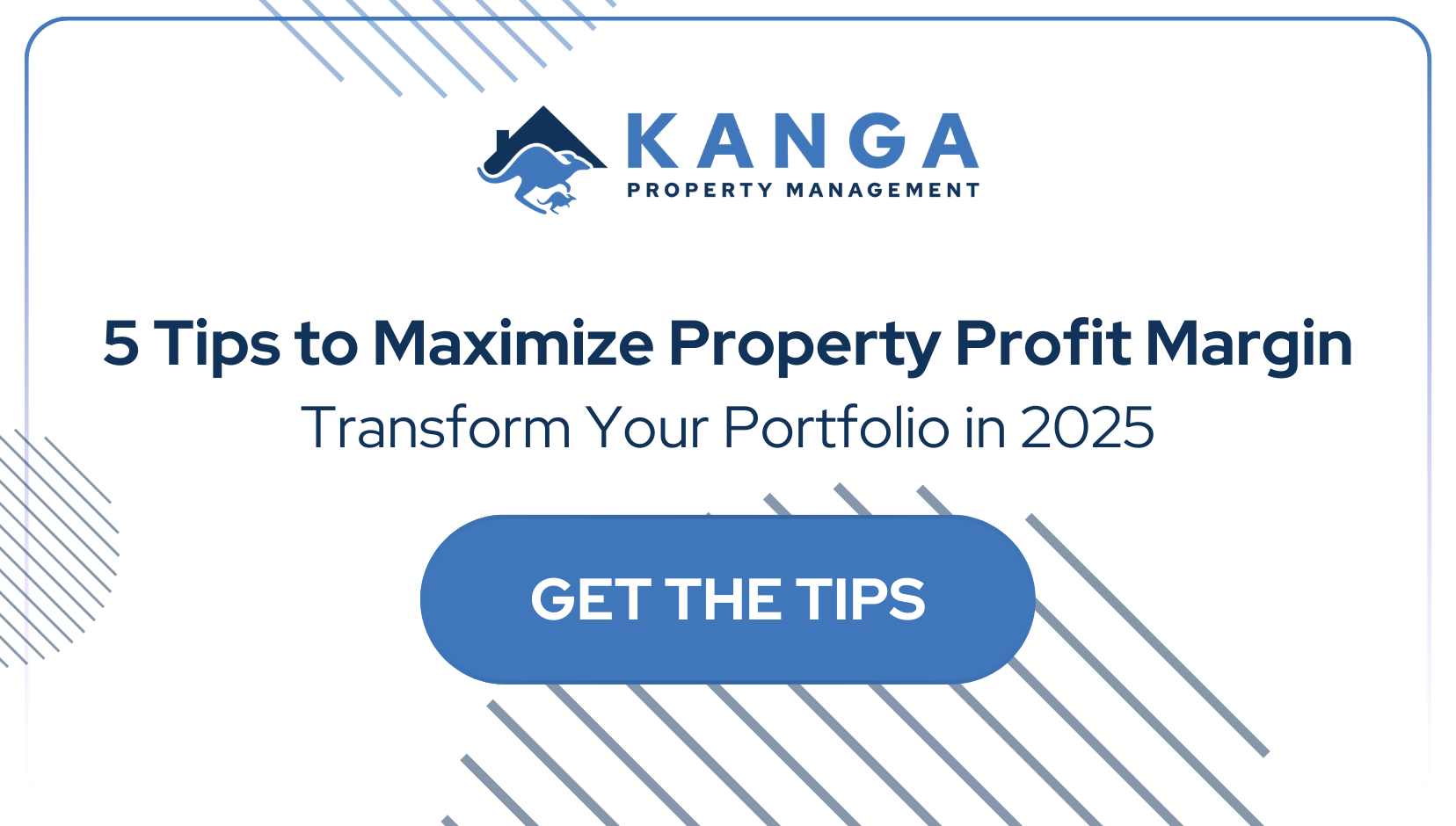
How to Scale Your Rental Portfolio: Proven Strategies for Real Estate Investors
Growing your rental property portfolio can be a smart way to build wealth.
It’s not just about buying more properties. You need a plan to make your investments work for you.
Scaling your rental portfolio involves expanding your holdings by acquiring additional rental properties in a strategic manner.
To scale successfully, you’ll need to understand the market, find good deals, and manage your properties well.
This might mean looking into different types of rentals, like short-term rentals through sites like Airbnb.
You’ll also need to think about how to pay for new properties and keep your current ones running smoothly.
Learning how to grow your rental business takes time. But with the right approach, you can turn a few properties into a strong portfolio that brings in steady income.
Key Takeaways
- Buy more properties in a planned way to grow your rental business
- Look into different types of rentals and ways to pay for them
- Learn to manage properties well to keep your business running smoothly
Understanding the Rental Property Market
Knowing your local rental market is key to growing your portfolio. It helps you pick good properties and set fair rents.
Two main areas to focus on are trends and profitable property types.
Analyzing Market Trends
Look at rent prices in areas you want to invest. Check if they’re going up or down. This helps you guess future income.
Research local real estate markets to make smart choices.
Watch for new jobs or businesses coming to town. They often bring more renters. Keep an eye on building permits too. Lots of new homes could mean more competition.
Pay attention to vacancy rates. Low rates mean high demand. This lets you charge more rent. High rates might mean you need to offer deals to attract tenants.
Identifying Profitable Property Types
Different renters want different homes. Families often like houses with yards. Young pros may prefer apartments near work.
Know your target market to pick the right properties.
Look at which types of rentals earn the most. In some areas, small apartments do well. In others, single-family homes are better. Check local laws too. Some places have rules about short-term rentals.
Consider upkeep costs. Houses often need more work than apartments. But they might bring in more rent. Balance potential income with expected expenses.
Crafting an Investment Strategy
A solid investment strategy is key to growing your rental portfolio. It helps you make smart choices and reach your goals.
Setting Investment Goals
Start by setting clear goals for your rental portfolio. Think about what you want to achieve. Do you want steady income or big profits later? Maybe both?
Write down your goals. Make them specific. For example, “I want 5 rental properties in 3 years.” This gives you a target to work towards.
Think about your time frame too. Are you looking at short-term gains or long-term wealth? This affects which properties you choose.
Don’t forget about your budget. How much can you invest now? How much each month? This shapes your strategy.
Balancing Risk Tolerance with Diversification
As a real estate investor, you need to think about risk. How much can you handle? This affects your choices.
Diversification is a smart way to manage risk. Don’t put all your eggs in one basket. Mix up the types of properties you buy.
Consider different locations too. Each area has its own market trends. Spreading out can protect you if one area slows down.
You might mix long-term rentals with short-term vacation homes. Or combine single-family homes with small apartment buildings.
Remember, lower risk often means lower returns. Higher risk can mean bigger profits, but also bigger losses. Find a balance that works for you.
Financing Growth
Expanding your rental portfolio requires smart financing strategies. The right approach can help you acquire more properties without overextending yourself financially.
Exploring Financing Options
Commercial loans are a common choice for growing your rental portfolio. These loans often have longer terms and lower interest rates than residential mortgages.
Private money lenders can be a good option if you need quick funding. They may offer more flexible terms but usually charge higher interest rates.
Consider government-backed loans like FHA or VA loans if you qualify. These can provide favorable terms for certain types of properties.
Hard money loans are useful for short-term financing, especially for fix-and-flip projects. Be aware of their higher costs and shorter repayment periods.
Leveraging Equity and Portfolio Loans
As your portfolio grows, you can tap into the equity of your existing properties to finance new purchases. This strategy lets you use your current assets to expand.
Portfolio loans allow you to borrow against multiple properties at once. This can simplify your financing and potentially offer better terms.
Cash-out refinancing is another way to access equity. You refinance a property for more than you owe and use the extra cash for new investments.
Consider a home equity line of credit (HELOC) for flexible borrowing. This revolving credit line lets you borrow as needed, often at lower rates than credit cards.
Acquisition and Expansion Techniques
Growing your rental portfolio requires smart strategies. You can use syndication, joint ventures, and economies of scale to boost your real estate investments.
Utilizing Syndication and Joint Ventures
Syndication lets you pool money with other real estate investors to buy bigger properties. This can help you enter new markets or property types.
Joint ventures are partnerships where you team up with others. You can split tasks based on skills. One partner might find deals while another manages renovations.
These methods let you grow faster than going solo. They also spread out risk among multiple investors.
Economies of Scale in Growing a Portfolio
As your portfolio grows, you can save money through bulk purchases. This works for supplies, services, and even property management.
You might get discounts on things like:
- Paint and flooring
- Appliances
- Maintenance services
- Insurance policies
Larger portfolios can also qualify for better loan terms. Banks often view bigger investors as less risky.
Property managers may offer lower rates for multiple units. This can free up your time to focus on finding new deals.
Operational Efficiency in Property Management
Streamlining operations is key to growing your rental portfolio. Effective systems for rent collection and maintenance allow you to scale without losing control.
Implementing Effective Rent Collection
Set up an online payment system to make rent collection easier. This lets tenants pay electronically and automates record-keeping. Choose software that sends rent reminders and late notices automatically.
Consider offering incentives for early or on-time payments. A small discount can boost on-time payments and reduce your workload.
Make your rent policies clear in the lease. Spell out due dates, grace periods, and late fees. This prevents misunderstandings and makes enforcement simpler.
Keep detailed records of all rent payments and issues. Good records help you spot trends and address problems quickly. They’re also crucial if legal action becomes necessary.
Maintenance Systems and Scaling
Create a system for tenants to easily report maintenance issues. An online portal or dedicated phone line streamlines the process. This helps you address problems faster and keeps tenants happy.
Build relationships with reliable contractors. As you grow, you’ll need a network of professionals you can trust. Negotiate volume discounts to keep costs down.
Use property management software to track maintenance requests and schedule regular upkeep. This prevents small issues from becoming big problems.
Consider hiring a maintenance coordinator as your portfolio grows. This person can manage requests, schedule repairs, and oversee contractors. It frees up your time for other tasks.
Develop a preventive maintenance schedule. Regular checks on major systems can prevent costly emergencies. This approach saves money and reduces tenant complaints in the long run.
Tenant Relationships and Screening
Good tenant relationships and effective screening are key to growing your rental portfolio. These practices help secure reliable renters and steady income.
Fostering Stable Tenant Retention
Keep your tenants happy to reduce turnover. Respond quickly to maintenance requests. Be fair and professional in all interactions.
Consider offering incentives for long-term leases. This could include a small rent discount or property upgrades.
Communicate clearly about rules and expectations. Send friendly reminders about rent due dates and lease terms.
Respect your tenants’ privacy. Give proper notice before entering the property. This builds trust and goodwill.
Improving Tenant Screening Processes
Thorough tenant screening is crucial for protecting your investment. Check credit scores, income, and employment history.
Ask for references from previous landlords. Contact them to verify the information provided.
Consider using online screening tools to streamline the process. These can help you comply with fair housing laws.
Conduct background checks to identify potential red flags. Look for past evictions or criminal history.
Be consistent in your screening criteria. Apply the same standards to all applicants to avoid discrimination claims.
Remember to follow local laws on tenant screenings. This helps you avoid legal issues and find reliable tenants.
Maximizing Rental Income
Boosting your rental income is key to growing your property portfolio. Smart strategies can increase cash flow and build long-term wealth.
Strategies for Optimizing Cash Flow
Set competitive rents based on market research. Look at similar properties in the area to price yours right. Regular rent increases help keep up with inflation and rising costs.
Reduce vacancies by screening tenants well. Good tenants stay longer and pay on time. Quick turnovers between renters also limit income gaps.
Cut costs by doing preventive maintenance. This avoids costly emergency repairs later. Energy-efficient upgrades can lower utility bills too.
Consider offering extra services for a fee. Things like pet rent, parking, or storage can boost your income.
Building Wealth Through Passive Income
Rental properties create steady cash flow over time. This passive income grows as you pay down mortgages and raise rents.
Reinvest profits to expand your portfolio. Buy more properties or improve existing ones to increase their value and rental potential.
Use leverage wisely. Mortgages let you control more properties with less cash. But don’t overextend yourself.
Look for properties with good appreciation potential. Location and local economic trends matter.
Consider rent-to-own options to attract long-term tenants. This can provide upfront cash and steady income.
Tax benefits like depreciation deductions help you keep more of what you earn. Consult a tax pro to maximize these advantages.
Evaluating and Managing Risks
Keeping your rental portfolio safe requires careful risk assessment and protection. Regular reviews and proper insurance are key to long-term success.
Conducting Risk Management Reviews
Risk management reviews help you spot potential issues before they become big problems. Look at each property in your portfolio at least once a year.
Check for things that could cause financial losses or legal troubles. Make a list of possible risks for each property.
This might include:
- Tenant issues (late rent, damage)
- Property damage (storms, fires)
- Market changes (falling rents, rising costs)
- Legal problems (zoning changes, new laws)
Rank each risk by how likely it is to happen and how bad it would be. Focus on the biggest threats first. Create plans to deal with each risk.
You might need to:
- Set aside extra money for repairs
- Update your tenant screening process
- Get better insurance coverage
Insurance and Asset Protection
The right insurance keeps your rental investment portfolio safe. Basic landlord policies cover property damage and liability. But you might need more.
Consider these types of coverage:
- Umbrella liability insurance
- Rent loss insurance
- Flood or earthquake insurance (if you’re in high-risk areas)
Think about creating an LLC for each property. This can protect your personal assets if something goes wrong.
Review your insurance every year. Make sure your coverage keeps up with your growing portfolio.
As you add properties, your risks change.
Don’t forget about asset protection strategies. These can include:
- Putting properties in separate LLCs
- Using land trusts
- Working with a lawyer to create a solid legal structure
Frequently Asked Questions
Scaling a rental portfolio requires careful planning, financing strategies, and risk management. These common questions address key aspects of growing your property investments efficiently and sustainably.
What are the essential steps to grow a small rental portfolio into a larger one?
Start by reinvesting your rental income to save for down payments on new properties. Look for undervalued properties in up-and-coming areas to maximize your return on investment.
Network with other investors and real estate professionals to find good deals. Consider partnering with others to pool resources and spread risk.
Can the BRRRR method be effectively used to scale a rental portfolio, and if so, how?
Yes, the BRRRR method (Buy, Rehab, Rent, Refinance, Repeat) can be an effective way to scale your rental portfolio. This strategy allows you to leverage equity from one property to finance the next.
Buy distressed properties below market value, renovate them to increase their worth, and rent them out. Then refinance based on the higher value to pull out equity for your next purchase.
What financing strategies are available to buy more rental properties?
Use conventional mortgages for your first few properties. As you build equity, consider cash-out refinancing to fund new purchases.
Look into portfolio lenders who may offer more flexible terms for investors with multiple properties. Private money lenders or hard money loans can also be options for quick acquisitions.
How does the 1% rule apply to expanding a rental property portfolio?
The 1% rule suggests that monthly rent should be at least 1% of the property’s purchase price. This helps ensure positive cash flow.
When expanding your portfolio, use this rule as a quick screening tool for potential investments. It can help you identify properties likely to generate good returns.
What considerations are crucial when transitioning from a single rental unit to multiple properties?
Think about your time commitment. Managing multiple properties takes more effort than a single unit.
Consider hiring a property manager to handle day-to-day operations. This frees up your time to focus on finding new investments and growing your portfolio.
How can one manage risk when scaling a rental property investment business?
Diversify your portfolio across different neighborhoods or cities to spread risk.
Don’t put all your eggs in one basket.
Maintain adequate insurance coverage for each property.
Build an emergency fund to cover unexpected repairs or vacancies.
Stay informed about local real estate laws and market trends.
This knowledge helps you make smart decisions as you grow your portfolio.
Unlock Your Rental Portfolio’s Full Potential with Kanga Property Management
Looking to scale your rental portfolio quickly and efficiently?
Partner with Kanga Property Management for expert guidance and support.
Our experienced team will help you implement proven strategies, such as choosing longer mortgages on current properties and avoiding lifestyle creep, to maximize your returns and grow your portfolio.
Contact us today for a free rental analysis and take the first step towards unlocking your rental portfolio’s full potential.


